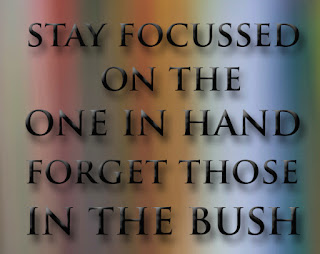As of 05:41AM of Monday the 21st of February 2022, the Bhutan Birdlife Society has 252 registered Members. The figure represents 0.036% of the country’s entire population. This is a significant number – and that is not counting those who have not yet registered. This goes to show that there is lively interest in birds, birding, bird guiding and bird photography. Thus I believe that I must heed the call of many, to speak more about my journey as a bird photographer.
Sometime in 2004 - 2005, I was commissioned by You2 Publishers, Thimphu to work on a book on the wild birds of Bhutan. The publishing house was specifically created to bring out a book on the wild birds of Bhutan – to be dedicated to His Majesty Druk Gyalpo Jigme Singye Wangchuck. My book titled “Bhutan Birds” – Bhutan’s first coffee table book on the subject - was published and released in 2008.
This post is dedicated to all the budding Bhutanese bird photographers. In it I tell of one very important lesson I have learnt during my journey as a bird photographer. The story begins in Sengore, in 2004.
Since my bird photography camera gear is very heavy – close to 15 KGs. including the Wimberley tripod, I needed an assistant to help me carry the gear. Thus I hired a Khengpa youth to accompany me in my daily hunt for the birds.
As we walked the roads in Sengore, Yongkola and Lemithang in the East of the country, the Khengpa boy would carry the gear and I would scan the treetops and branches – for birds. When I see a bird, I would take over the gear and try to take a photo of the bird. Occasionally – in fact more than occasionally – the Khengpa boy would see a bird and he would draw my attention to it. I would promptly move to try and shoot the bird pointed out to me by the Khengpa boy.
This went on for weeks and months. The boy became more and more enthusiastic in pointing out birds to me. More and more, I began to chase the birds he pointed out to me – rather than focus on the birds I had myself seen. Since I was concentrated in photographing the bird I had seen, I was constrained by the need for focus – while the Khengpa boy had all the time in the world to scan the forests and the treetops – so he ended up seeing more birds than I.
Then one day I realized that my success rate was extremely poor. After months of chasing hundreds and thousands of birds – I had very little to show for it. I sensed that something was not right. So, one day I stopped chasing birds and began to systematically go over what I was doing. I thought of the time of day I start the hunt, the topography and geography of the places where I searched for birds, the trees and plants I focused on etc. etc. Then BANG! ..... it hit me.
It dawned on me that my focus was haphazard – I was getting waylaid. The damned Khengpa Ollo was infringing on my focus! He was distracting me. He was the prime cause of my failure.
So I called him and delivered him a warning and an ultimatum:
“From this day on, in fact from this very moment on, YOU ARE NOT GOING TO POINT OUT ANY BRIDS TO ME. I SHALL BE THE ONLY ONE WHO WILL SEE ANY BIRDS – YOU WILL SEE NONE. If you show me any more birds – even a single one – pretty or ugly, I shall make you walk all the way from Sengore to Thimphu!”
That day I learnt my life lesson: if you are chasing one bird at any given moment – stay with that bird. Do not be distracted by others that are fleeting about. Close your mind and eyes to all other birds - nail the one you are set on – only thereafter move to the next. Going after every bird you see is the surest way to lose them all. Remember, there are close to 800 bird species in Bhutan – you cannot hope to get them all, all at one go. But certainly you can aspire to get the one you are after – provided you remain dedicated and true to your current pursuit. Even in life, this dictum is valid.
There is wisdom behind the proverb: One bird in hand is worth two in the bush.



Definitely a good life lesson!
ReplyDelete